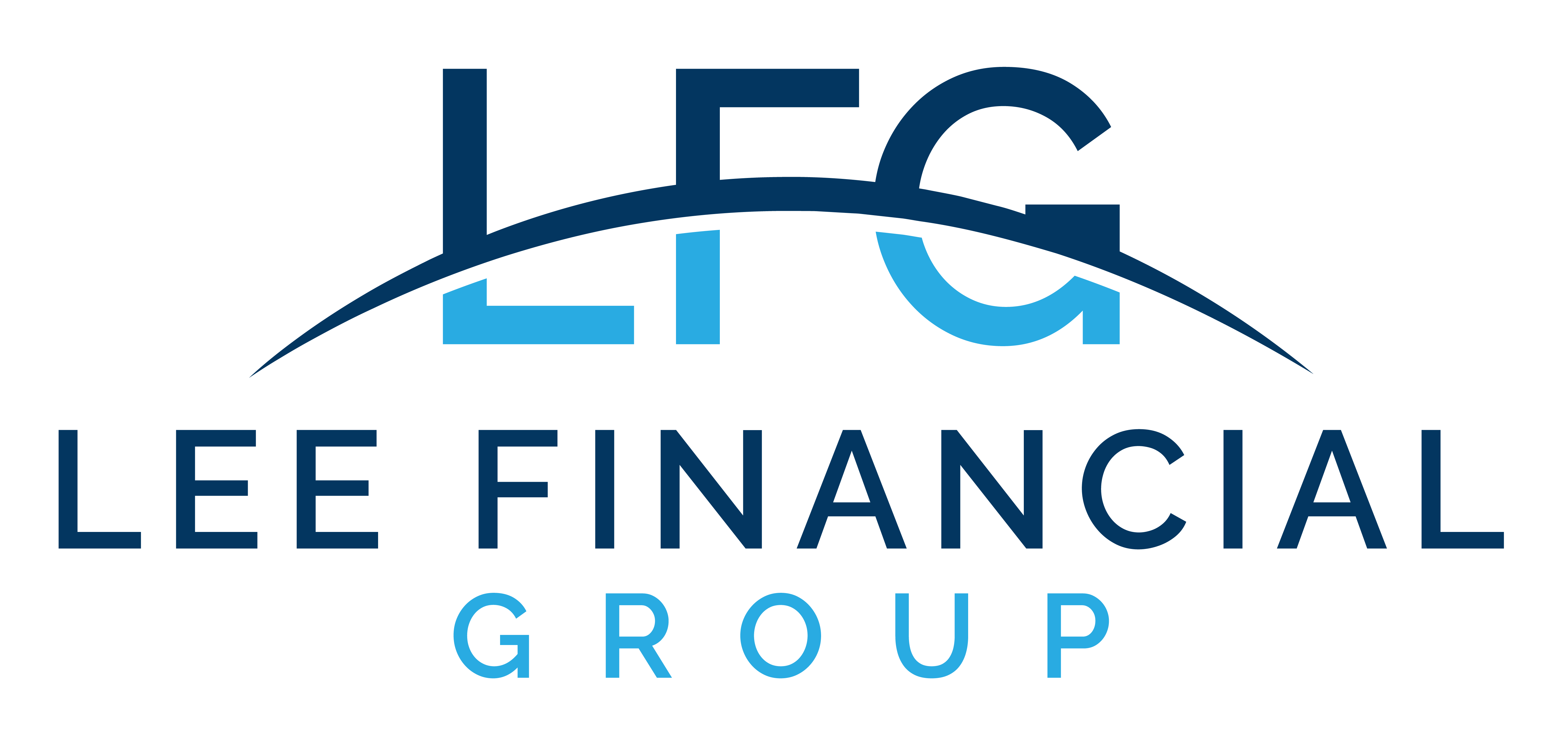Last year ended with a strong economy and positive stock and bond market returns. With inflation under 3% and GDP over 3%, the soft landing remained in place. While volatility was not a constant theme, 2024 saw some very dramatic single-day stock movements.
As a new administration gets underway and campaign promises coalesce into an agenda that begins to be reflected in policy, what will be the impact on the economy and the markets?
GDP growth is expected to remain solid, but if higher tariffs are enacted, there will likely be some dampening of the economy’s momentum. Relatedly, inflation may reverse the downward trend it has been tracing if goods become more expensive due to tariffs. Shrinking the labor market through deportations could have a similar impact on inflation.
None of these scenarios are even close to fruition yet. However, volatility in the markets often centers on uncertainty about future expectations. As the new administration gets to work, both fact and speculation will drive the news cycle and markets may respond.
Getting Your Portfolio Into a Defensive Stance
Despite market volatility, you need to keep saving, particularly for long-term goals like education, retirement, or healthcare later in life. These types of savings are tax-advantaged, so you aren’t just putting money away, you’re lowering your taxable income – and taxes – in the year you make contributions.
- 529 plans grow tax-free and may have state tax benefits
- 401(k) and IRA savings should still be maximized, but dollar-cost average into these investments
- Health savings accounts (HSAs) are triple-tax advantaged – they reduce your income, grow tax-free, and qualified withdrawals are tax-free
Diversification Matters More Than Ever
The economy remains strong, so the balance is between not missing out on potential growth, while also protecting your portfolio from potential re-inflation or other shocks. Choosing sectors that can keep up with inflation will put you in a stronger position. Think about diversification across several main areas:
- Risk mitigation: incorporating both high-risk and low-risk strategies can help keep your portfolio on track when volatility hits. Understanding your risk tolerance, and ensuring you’re keeping inside your risk parameters is key. You may also want to think about incorporating private market investments which tend to have low or no correlation to the public markets and can help lower overall volatility
- Asset Allocation: Diversifying across geographies, regions, sectors and industries can help position you to take advantage of tailwinds and trends, while keeping your overall portfolio on track
Keep Your Eye on the Horizon
It may be a wellness cliché, but asking yourself if this will matter in five years may be a good way for long-term investors to think about managing emotion now. It’s painful to look at statement balances. But history tells us that markets do recover. Over the long-term downturns are followed by gains. If you stay in the market, your persistence will likely be rewarded. If you sell, you turn a paper loss into an actual loss.
One way to stay focused is to think about your goals. Your plan has likely incorporated your risk tolerance. This is the balance of the growth you want, with the drawdown potential you feel comfortable with. Your investments are mapped to your goals. If your goals haven’t changed, your investment strategy shouldn’t either.
The Bottom Line
Volatility isn’t comfortable for anyone. There’s a reason that the index that measures market volatility – the “VIX” is called the “fear index.” But that doesn’t mean you have to succumb to it. Take stock of where you are, make changes to daily living to stay within your budget, and tune up your portfolio only where necessary.






What a Weaker Dollar Means for Your Investments